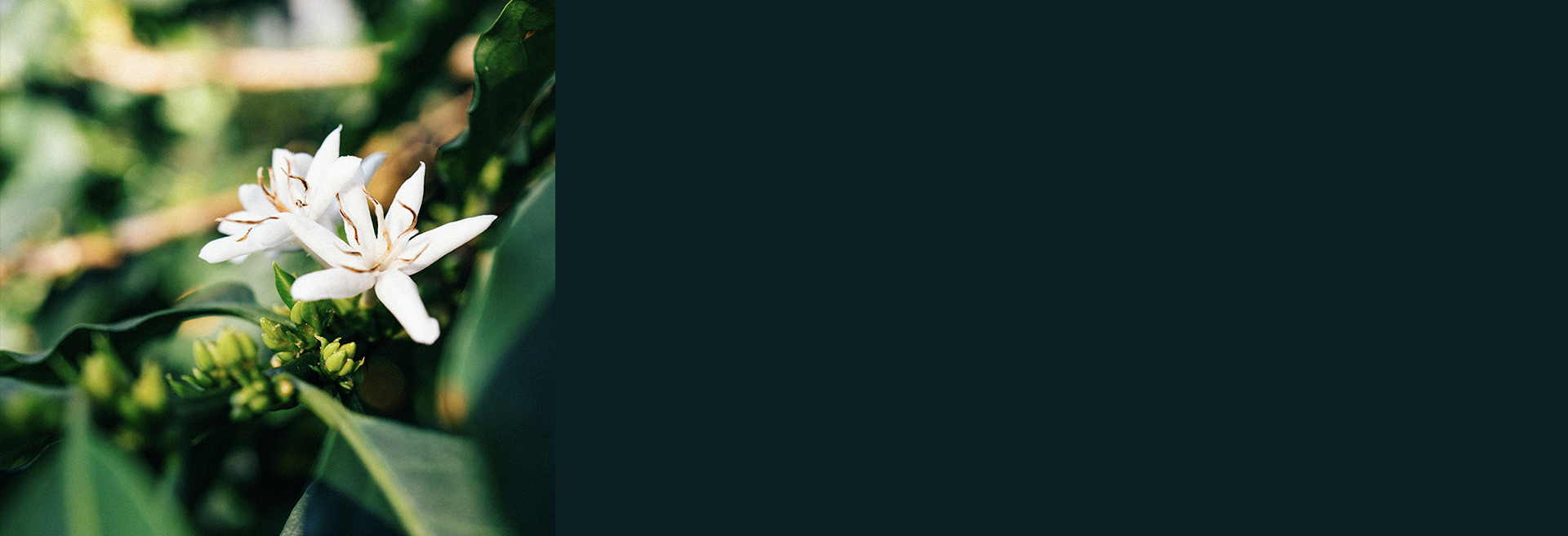Colombia
La Roca, Pink Bourbon
250g
Terroir Best Lot
QUALITY SCORE: 88.25
Cup Notes
Red Apple / Wild Berries / Prune / Molasses
Suggested for espresso and filter
when we roast
We freshly roast to order all coffees on Monday, Wednesday and Friday (excluding national holidays), and ship the same day! Cut-off time is 11:59pm (UTC+1) of the day before the roast day. *We only ship whole beans*
Details
- Quality Score
- 88.25
- Series
- Specialty
- Producer
- Jorge Rojas
- Country
- Colombia
- Terroir
- Tolima
- Altitude
- 1900 masl
- Process
- Classic Washed - Raised Beds
- Arabica cultivar
- Pink Bourbon
- Picked in
- August 2021
- Arrived in
- February 2022
- Shipped in
- Jute + GrainPro
- Roast profile by
- Rubens Gardelli
- Roasted on
- Customised solid-drum roaster
THE STORY BEHIND
Tolima is situated in the west of Colombia. It sits between Huila, Cauca and Valle De Cauca and is bordered by Caldas to the north and west. This region is one of the least inhabited ones in the country and is quite difficult to reach. The department of Tolima is known for the high productivity of farming and for the outstanding quality and unique profile of specialty coffee produced here.
This lot comes from Finca La Roca State owned by Jorge Rojas who inherited and took on the farm helping his mother when he was only 12. Due to this loss in the family at that time it was difficult for Jorge to finish his studies as his work was needed for the family's survival. Now, with 20 years of experience in coffee farming, Jorge has been developing the farm by planting rare varietals, such as Pink Bourbon and Geisha. Jorge has especially focused on the post-harvest processing, for he realises the importance of processing for making the most of the coffee grown.
THE VARIETY
Cultivated from hybrid of Red and Yellow Bourbon, Pink Bourbon is said to have been first found in Pitalito, Huila. Pink and Orange Bourbons are very difficult to produce with consistency. The recessive genes leading to the expression of these colours are easily thwarted by the presence of yellow and red genes in a given pollen grain. A carefully isolated and contained lot can do quite well and preserve the unique colour and character of this variety, though such lots are quite hard to find. Pink Bourbon has a substantial amount of glucose which has been thought to help give the coffee its more delicate, soft and complex profile.
THE FERMENTATION PROCESS
Washed coffees showcase solely the bean. They let you taste you what’s on the inside, not the outside. Washed coffees depend almost 100% on the bean having absorbed enough natural sugars and nutrients during its growing cycle. This means the varietal, soil, weather, ripeness, fermentation, washing, and drying are absolutely key.
Washed coffees reflect both the science of growing the perfect coffee bean and the fact that farmers are an integral part of crafting the taste of a coffee bean. When looking at washed coffees, it becomes apparent that the country of origin and environmental conditions play a vital role in adding to the flavour.
During wet processing, the pulp (i.e.the exocarp and a part of the mesocarp) is removed mechanically. The remaining mesocarp, called mucilage, sticks to the parchment and is also removed before drying. During this process, the sugars present in the mucilage are removed through natural fermentation or mechanical scrubbing. Mucilage is insoluble in water and clings to parchment too strongly to be removed by simple washing. Mucilage can be removed by fermentation followed by washing or by strong friction in machines called mucilage removers. Fermentation can be done by stacking the coffee outside or placing it under water and allowing nature to take its course. After the sugars are removed, the beans then can be taken through a secondary washing to remove any additional debris, or taken immediately to the beds for drying.
The first step in processing this lot is 36-hour long fermentation of the whole cherries in covered barrels. The cherries are then depulped and fermented for the second time. Following two rounds of fermentation, the beans undergo drying in two phases. First, they are sun-dried on raised beds, and after this initial phase the parabolic drying is used, whereby the beans are dried for four hours a day for 28 days.



